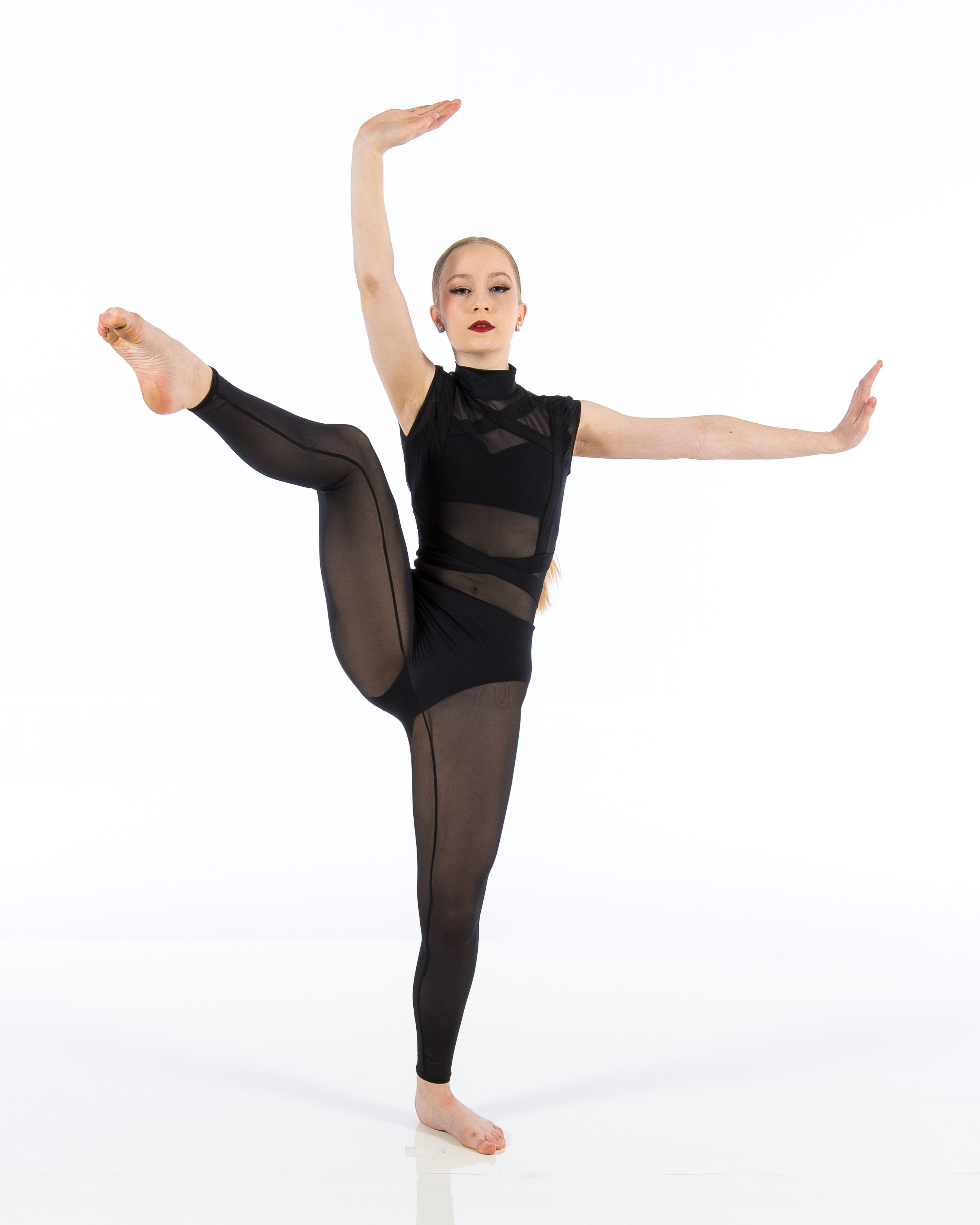Introduction
Dancing is more than just a hobby; it's a way of affordable dance academy in Newberg expressing emotions, telling stories, and connecting with others. For aspiring dancers, having the right environment to hone their skills can make all the difference. With the rise of remote learning and digital dance classes, creating a home studio space has become essential for those looking to pursue their passion. This article will guide you through every step necessary to set up an ideal home studio that caters specifically to your needs as an aspiring dancer.
Creating a Home Studio Space for Aspiring Dancers
Setting up a home studio space may seem daunting, but it’s entirely achievable with some thoughtful planning. Whether you’re training for a dance academy or simply exploring your love for movement, the right setup can enhance your practice and help you shine on stage.
Why Do You Need a Home Dance Studio?
The Importance of Space
Having dedicated space can greatly improve your focus while practicing. Without distractions from daily life, you’ll be able to concentrate fully on your movements and techniques.
- Focus: A dedicated area allows you to block out distractions. Flexibility: You have the freedom to practice whenever inspiration strikes. Personalization: Tailor your space according to your style and needs.
Enhancing Your Skills
A well-designed studio helps in perfecting techniques and choreographies that are essential for any dance academy student. Regular practice in a proper environment can lead to significant improvement over time.
Choosing the Right Location
Consideration Factors
When selecting the location for your home studio, think about these key factors:
Space Availability: How much room do you have? Flooring Type: Is it suitable for dancing? Natural Light: Does it have good lighting? Noise Level: Is it quiet enough?Ideal Locations
Some popular areas in homes include:
- Spare bedrooms Basements Garages Living rooms (if spacious)
Essential Flooring Choices
Types of Dance Floors
The type of flooring can significantly impact your performance while dancing.
Hardwood: Great for ballet but can be hard on joints. Marley: Often used in studios; provides excellent grip. Laminate: Budget-friendly option but not as durable. Carpet Tiles: Soft but can make certain styles difficult.Wall Setup: Mirrors and Barres
Why Mirrors Matter
Mirrors are crucial for visual feedback when practicing.
- They help correct posture. Enhance spatial awareness.
Installing Barres
If you're into ballet, installing a barre is essential.
Measure the height according to your comfort level. Securely mount it at wall length for stability.Lighting Your Dance Studio
Natural Light vs Artificial Lighting
Natural light creates an inviting atmosphere while artificial lighting allows flexibility during night practice sessions.
- Use dimmable lights for evening practices. Incorporate large windows if possible.
Climate Control: Keeping It Comfortable
Heating and Cooling Options
Maintaining comfortable temperatures is vital for physical activity:
Air conditioning units Space heaters Good ventilation systemsSound System Setup
Choosing the Right Equipment
A quality sound system enhances your experience by allowing you to hear music clearly while dancing:
Bluetooth speakers Professional audio systems Headphones (for personal practice)Decorating Your Space
Adding Personal Touches
Your home studio should reflect who you are as a dancer:

- Paint colors that inspire creativity. Inspirational quotes on walls.
Storage Solutions
Keep your space organized with smart storage options:
Shelves for shoes and costumes Hooks for bagsCreating an Inspiration Board
An inspiration board filled with images, quotes, or goals can be motivating while practicing regularly.
FAQs About Creating a Home Studio Space for Aspiring Dancers
Q: What type of flooring is best suited for dancing?
A: Marley flooring is often recommended as it provides good traction and cushioning compared to hardwood or laminate options.
Q: How much space do I need?
A: Ideally, aim for at least 10x10 feet of clear space; however, more room allows greater freedom in movement.
Q: Can I use my living room as a dance studio?
A: Absolutely! Just ensure there's enough open space and remove any furniture that might obstruct movement.
Q: Do I need professional mirrors?
A: While professional mirrors are great, affordable alternatives like acrylic sheets can also work effectively in smaller spaces.
Q: How can I keep my studio organized?
A: Use shelves or storage bins specifically labeled to keep things tidy—an organized space promotes productivity!
Q: What’s the best way to soundproof my home studio?
A: Adding carpets or rugs, heavy curtains, or acoustic panels can significantly reduce noise levels coming from external sources.
Conclusion
Creating a home studio space tailored specifically for aspiring dancers is not only feasible but also immensely beneficial in nurturing talent and passion. By considering factors such as location, flooring choices, lighting setups, sound systems, and personal touches like decoration and inspiration boards, one can cultivate an enriching environment conducive to growth in dance skills—whether you're training independently or preparing for auditions at prestigious dance academies.
As you embark on this exciting journey of self-expression through movement, remember that each element of your home studio contributes significantly toward achieving your goals as an artist! So roll up those sleeves—let’s get dancing!